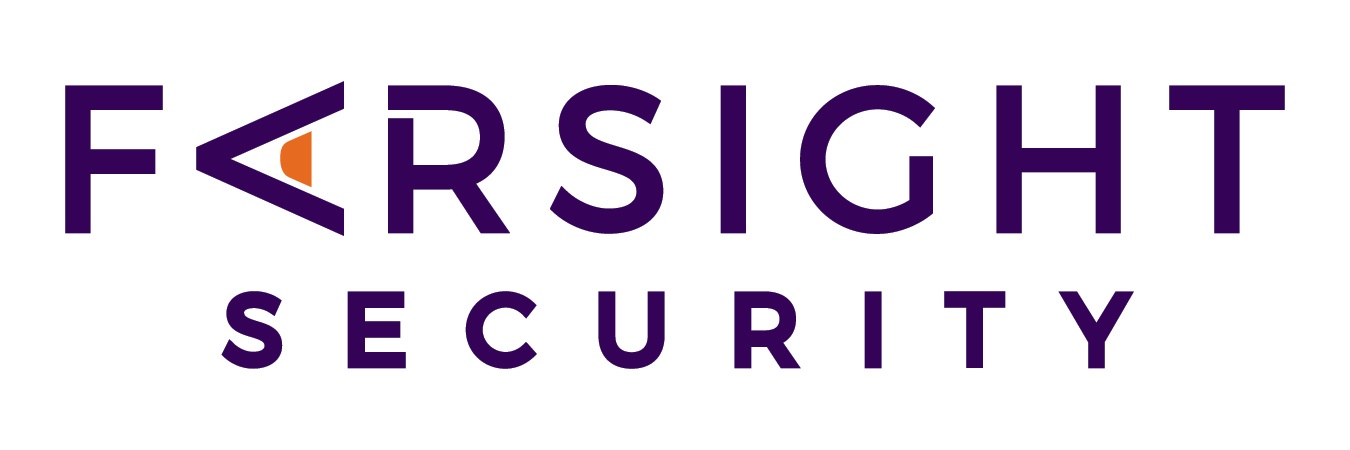- Indico style
- Indico style - inline minutes
- Indico style - numbered
- Indico style - numbered + minutes
- Indico Weeks View
OARC 35 (Online)
→
UTC
, , , ,
Description
OARC 35 will be an online Workshop.
DNS-OARC is a non-profit, membership organization that seeks to improve the security, stability, and understanding of the Internet's DNS infrastructure. Part of these aims are achieved through workshops.
DNS-OARC Workshops are open to OARC members and to all other parties interested in DNS operations and research.
Social Media hashtag: #OARC35
Mattermost Chatroom: Workshops on chat.dns-oarc.net (sign-up here)
WORKSHOP SPONSORS
|
|
|
|
Sponsorship opportunities for OARC 35 are available. Details at:
https://www.dns-oarc.net/workshop/sponsorship-opportunities
OARC PATRONS 2021
Your company name here? |
Annual Workshop Patrons for 2021 are available. Details at:
https://www.dns-oarc.net/workshop/patronage-opportunities
OARC 35 Admin
Participants
Adam Phelps
Akira Kato
Ali Hussain
Alireza Saleh
Allan Watanabe
Allison Mankin
Andreas Taudte
Andrew Campling
Arnaud Jolivet
Arth Paulite
Atanas Argirov
Audrey Randall
Benno Overeinder
Bill Snow
Brantly Millegan
Brett Carr
Brian Dickson
Brian King
Brian Somers
Casey Deccio
Chris Mikkelson
Chuck Stearns
Claudia Erices
Darrell Newcomb
Dave Feldman
Dave Knight
Davey Song
David Lawrence
David Lucey
Denesh Bhabuta
Duane Wessels
Eddy Winstead
Eduardo Mercader
Eric Orth
Eric Ziegast
Erik Kline
Everett Fulton
Felipe Barbosa
Francisco Arias
Gavin Mccullagh
Geoffrey Huston
Giovane Moura
Guobao Sun
Gustavo Lozano Ibarra
Han Zhang
Hiro Hotta
Hugo Salgado
Huyen Truong
Ivan Laktyunkin
Jacob Zack
Jacques Latour
Jan Horak
Jan Včelák
Jarle Fredrik Greipsland
Jaromír Talíř
Jeff Westhead
Jeffrey Damick
Jerry Lundström
Jinyuan Feng
Joe Abley
Joey Salazar
John Todd
Jon Nappi
Josh Simpson
Joshua Kuo
Karl Reuss
Kazunori Fujiwara
Kc Claffy
Keith Mitchell
Ken Renard
Kier Pw
Lars-Johan Liman
Lavanya Palani
Lu Zhao
Manu Bretelle
Marco DíAz
Mark Allman
Mark Andrews
Matthew Ford
Matthew Luckie
Matthew Pounsett
Matthew Thomas
Mauricio Vergara Ereche
Michael Jewell
Nicklas Pousette
Nicolai Leymann
Niek Willems
Ondřej Surý
Otto Moerbeek
Pallavi Aras-Mathai
Paola Duran
Paul Ebersman
Paul Hoffman
Peter Koch
Peter Van Dijk
Prashanth Suvarna
Puneet Sood
Ralf Weber
Robert Edmonds
Robert Story
Roger Murray
Roland Dobbins
Ross Gibson
Sebastian Castro
Shinta Sato
Shivan Sahib
Shumon Huque
Sidan Qi
Sile Yang
Siva Kesava Reddy Kakarla
Sreekanth Madhavan
Stefan Ubbink
Steve Dejong
Sudheesh Singanamalla
Sue Graves
Surabhi Sudha
Suzanne Woolf
Thibaud Duble
Tianhao Chi
Tom Tran
Ulrich Wisser
Vicky Risk
Vincent Levigneron
Vittorio Bertola
Warren Kumari
Wes Hardaker
Willem Toorop
Yann Kerherve
Yoshitaka Aharen


